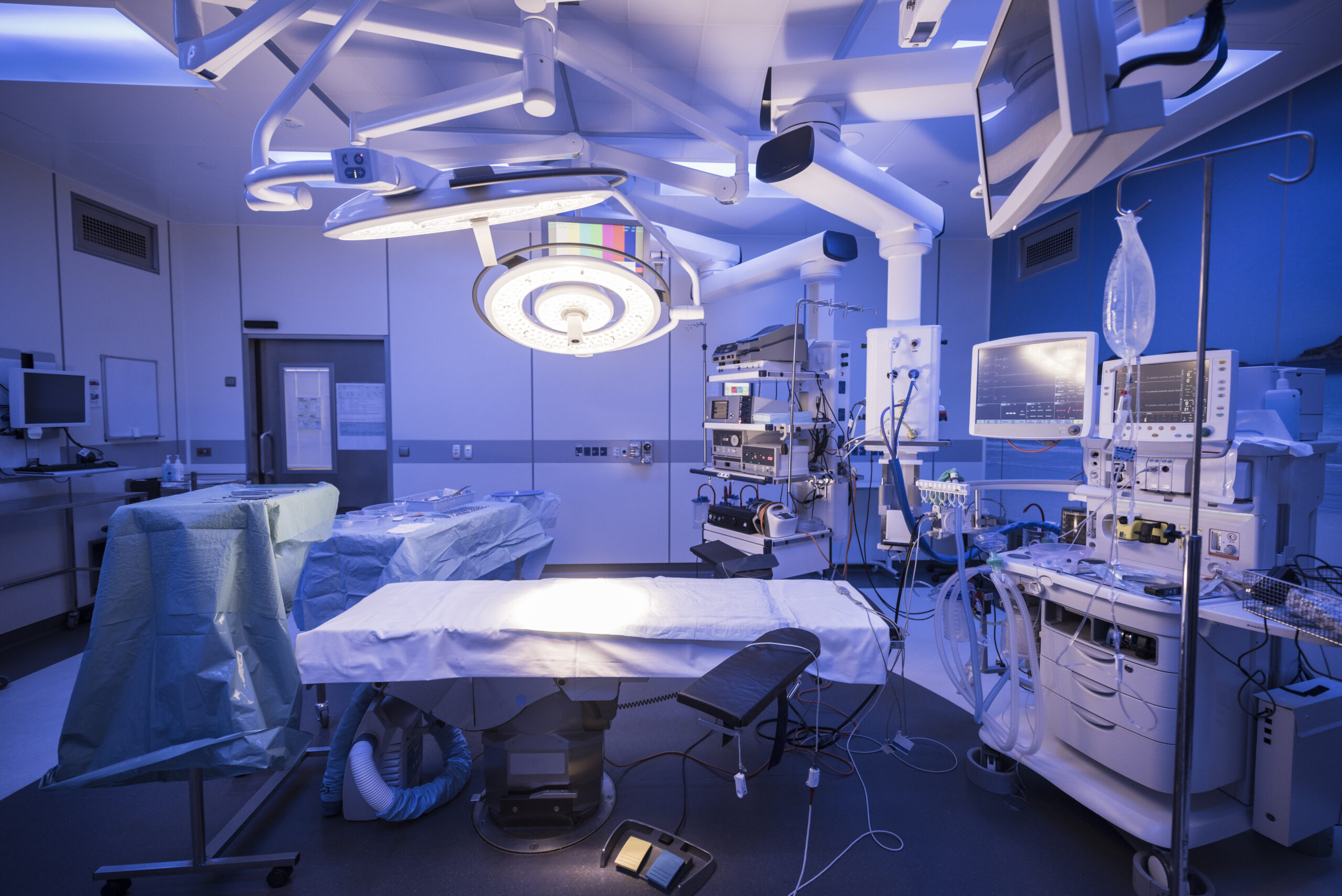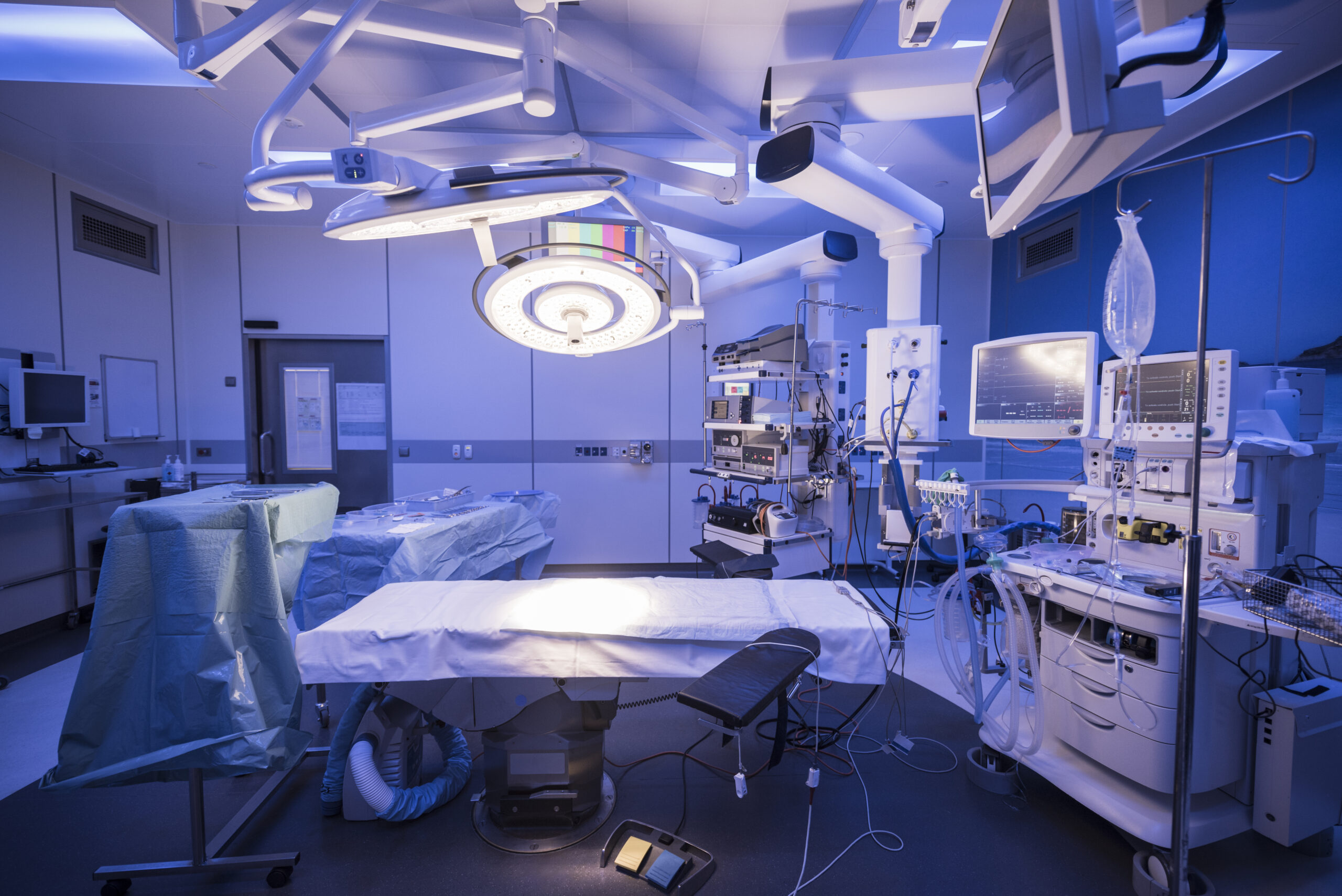When it comes to maintaining a safe and clean operating room, there can be no compromises. Healthcare professionals have a responsibility to ensure their patients receive the highest quality of care. This involves managing all aspects of their environment, such as spills and bodily fluids.
Traditional cleaning methods, such as using towels and sheets to clean up spills, may have been sufficient in the past, but they are no longer the best solution available. In this blog, we will discuss the risks of using towels and sheets in the operating room and explain why absorbent floor mats are a superior alternative.

The Risks of Using Towels and Sheets in the Operating Room, The “Whatever Is Available” Method
- Contamination: Sheets and towels are not designed to absorb large amounts of fluids. When used to clean up spills, they can spread the fluid and bacteria over a larger surface area, increasing the risk of contamination.
- Ineffective cleaning: Sheets and towels are not designed to clean surfaces thoroughly. They may leave behind residue and bacteria, leading to the formation of biofilms.
- Increased infection risk: Spills and fluids in the operating room can contain bacteria, viruses, and other harmful pathogens. Using sheets and towels to clean up these fluids can increase the risk of infection for patients and healthcare workers.
- Waste of resources: Sheets and towels are a limited resource in a healthcare setting. Using them to clean up spills and fluids can result in a waste of resources and increased costs.
- Increased cleaning time: Using sheets and towels to clean up spills and fluids can be time-consuming. It may require multiple passes to clean the surface thoroughly, which can delay procedures and increase total cleaning time.
- Slip and fall hazards: When used to clean up spills, sheets and towels can leave behind a wet surface that can be hazardous for healthcare workers and patients.
- Difficult to dispose of: Sheets and towels that are used to clean up spills and fluids are considered medical waste and must be disposed of properly. This can be a time-consuming and expensive process.
- Poor hygiene: Sheets and towels that are used to clean up spills and fluids may not always be disposed of and instead washed and reused, leading to poor hygiene and the spread of bacteria.
- Lack of standardization: The use of sheets and towels to clean up spills and fluids is not standardized across healthcare facilities, leading to inconsistencies in cleaning procedures.
- Environmental impact: The production and disposal of sheets and towels can have a significant environmental impact. Using absorbent floor pads can be a more sustainable option.
It’s essential to use the right tools for the right purpose. When it comes to cleaning up spills and fluids in a healthcare operating room, using absorbent floor mats is the right option. Not only are they specifically designed to absorb fluids quickly and effectively, but they also reduce the risk of contamination and infection, save time and money, and promote sustainability. By using the right tools, healthcare facilities can ensure that they are providing the best possible care to their patients and creating a safe and sterile environment for all. It’s time to leave the sheets and towels for what they’re intended for and embrace the modern, highly effective, engineered solution of absorbent operating room floor mats for the proactive capture of surgical fluids.
To learn more about the benefits of absorbent floor mats, read more here. Download our sales brochure here.


